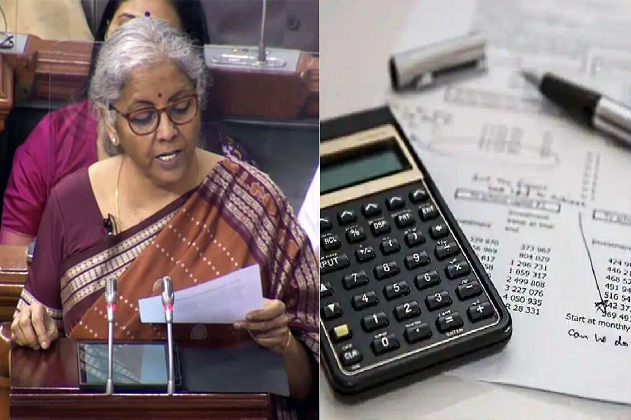New Tax Regime Deductions: Under the new tax regime, income up to Rs 12 lakh is tax free from April 1, 2025. Under this, the benefit of standard deduction of Rs 75000 is also available. Apart from this, how can you save tax in this, let us know.
Tax Saving in New Tax Regime: Under the new tax regime, income up to Rs 12 lakh is tax free from April 1, 2025. Under this, the benefit of standard deduction of Rs 75000 is also available. Apart from this, how can you save tax in this, let us know.
Old Vs New Tax Regime
Under the old tax regime, the tax payer gets the benefit of many types of exemptions and deductions. But the number of exemptions and deductions in the new tax regime is less. If you have made many tax saving investments, then the old regime may still be better for you. But if you do not have many tax saving investments, then the new regime can be beneficial because the tax slab rate in it is low.
Tax exemptions and deductions in the new tax regime
Finance Minister Nirmala Sitharaman had announced some new deductions under the new tax regime in the 2025 budget. But still the old regime is better for investors. Let us know how you can save income tax in 6 ways under the new regime.
1. Standard deduction
In the new tax regime, the standard deduction has been increased from Rs 50,000 to Rs 75,000. This will be applicable from the financial year 2025-26. In the old regime, it is still Rs 50,000. This means that in the new regime, you can save Rs 25,000 more tax.
2. Employer’s investment in NPS – Section 80CCD(2)
This exemption is only for the salaried class. Freelancers or those running their own business cannot take advantage of it. If your employer invests in your National Pension System (NPS) account, then you are entitled to get additional exemption. For government employees, it is up to 14% of basic + DA. For private sector employees, it is up to 10%.
3. Contribution to Agniveer Corpus Fund – Section 80CCH(2)
Under the Agneepath scheme, tax exemption is available on the contribution made by Agniveer and the government. If the beneficiary or his nominee receives money under the scheme, then tax exemption is also given on it. This exemption is available in both the old and new regimes.
4. Exemption on family pension – Section 57(iia)
If the family of an employee receives pension after his death, then exemption is given on it. In the new tax regime, one-third of the pension or Rs 25,000 (whichever is less) is tax-free. This is a matter of relief for such families.
5. Transport and conveyance allowance
Disabled employees get an exemption of up to Rs 3,200 per month for commuting from home to office. Exemption is given on the basis of real expenses incurred during office work. This exemption is small but useful for the employees.
6. Some exemptions under section 10
Earlier in the new tax regime, there was no exemption under section 10. But now some exemptions have been included. For those taking VRS, there is tax exemption on an amount up to Rs 5 lakh. Gratuity is completely exempted for government employees and for private employees it depends on the situation. Apart from this, the amount received in lieu of leave at the time of retirement or resignation in leave encashment is tax-free up to Rs 25 lakh. Tax will be levied on the amount above this.
Most Read Articles:
- DA hike, 3 months arrears will also be given, order issued by Finance Department, salary will be credited to account in May
- Post office superhit scheme: Great scheme for senior citizens, will earn ₹12,30,000 just from interest, see details
- Credit Card Link UPI: Link your credit card to UPI from home, know step-by-step guide


